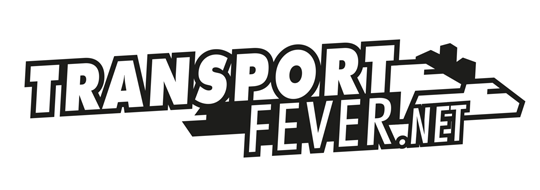Hello folks,
I wanted to put this one out there. The comet car series is a very numerous passenger car here in the US. It is used by several rail lines such as the Massachusetts Bay Transit authority (MBTA) The New Jersey Transit (NJT) Metro North, the Southeastern Pennsylvania Transportation Authority (Septa)... just to name a few.
While similar to the Horizon car's it defiantly has it's differences.
There are several different variations. The V i believe looks to be the most common variation we see today. Some information below.
The V seems to be the most common for the Cab car, and the III for use in the consist, but I can be very wrong.
n 1982–83, New Jersey Transit purchased these cars from Bombardier, which had acquired the rights to the design from Pullman upon their folding. A second order, the Comet IIB, was purchased in 1988. These cars feature high doors with trapdoors over the stairs for use at both low-platform and high-platform stations. The cars are similar to the MBTA's BTC-1 and CTC-1 cars, built in 1978 by Pullman Standard.[2] These cars were intended for use on lines formerly operated by the Central Railroad of New Jersey, operators of the Blue Comet train to Atlantic City. This led to the New Jersey Transit series of single-level cars becoming known as Comets. These cars have been overhauled by AAI Corporation and Alstom between 1999 and 2003 to make them aesthetically and technologically similar to the Comet IV series and are now compatible with later equipment.
Shoreliner I and II coaches, purchased by Metro-North and the Connecticut Department of Transportation for use on non-electrified territories east of the Hudson River, are based on this class. Metro-North also purchased Comet II coaches for use on the Port Jervis Line, where they ran until replaced by the Comet V. The Comet II cars have since been transferred to the East-of-Hudson pool, where they remain in service. SEPTA Regional Rail and Réseau de transport métropolitain also purchased cars based on this class, which were also built by Bombardier.
Comet III[edit]
A Comet III situated in the middle of a train.
The Comet III cars, ordered by New Jersey Transit in 1990, feature center doors and long end-doors, permitting end doors to open and close with traps open. The Metro-North Shoreliner III fleet is a variation without long doors. The Comet III fleet was removed from revenue service in 2011, and remain in storage as of 2016.
Comet IV[edit]
A train made of Comet IV cars operates on an Atlantic City Linetrain
The Comet IV cars, delivered in 1996 and purchased for NJ Transit's new Midtown Direct service, are similar to the Comet III cars, except they have no door by the engineer's cab and have thicker stripes. Metro-North's Shoreliner IVfleet are based on the same design. These cars were equipped with automatic climate control, digital displays, automated announcements and microprocessor controls.
With the completion of the Comet V order, Comet IV cab cars are no longer allowed to head a train. Instead, they are inserted into a train consist and act as regular trailer cars.
Comet V[edit]
Metro-North Comet V at Middletown, NY.
Main article: Comet V
These cars were ordered in 1999 by New Jersey Transit and Metro-North Railroad and delivered between 2002 and 2004. Unlike previous series which were built by Bombardier, the Comet Vs were built by Alstom. The major external differences are a stainless-steel exterior, larger windows, and visible, roof-mounted air conditioning units.
Edit by Yoshi: removed images. You're not allowed to upload or embed third party images. You may paste a link to third party resources.


